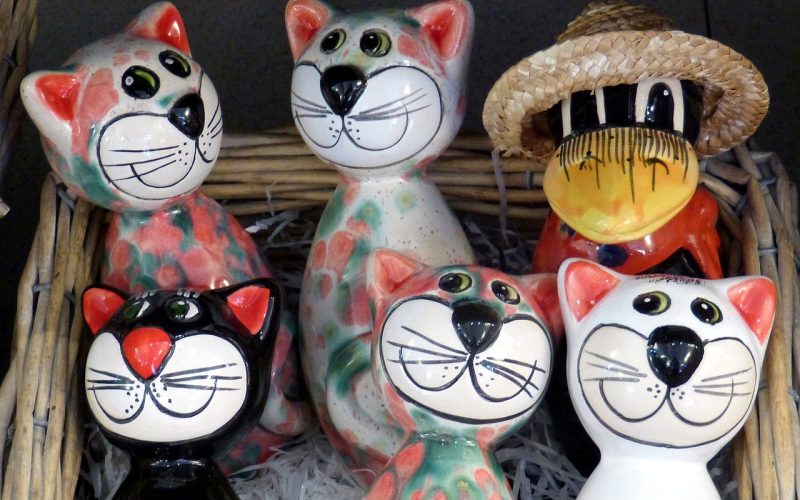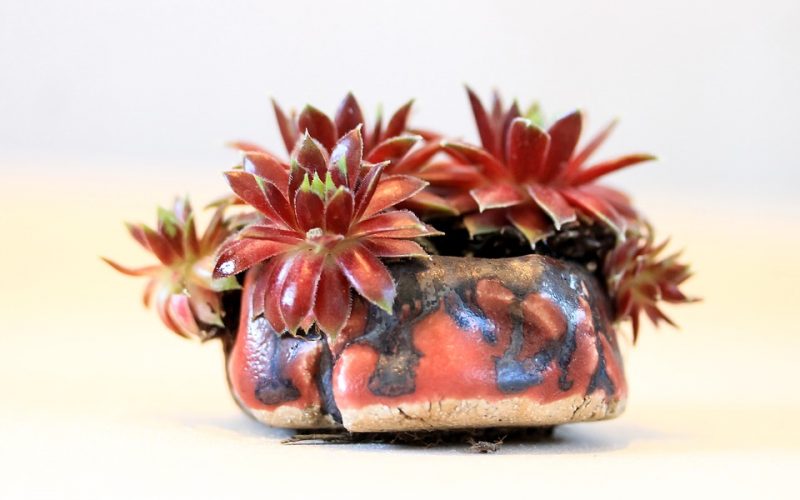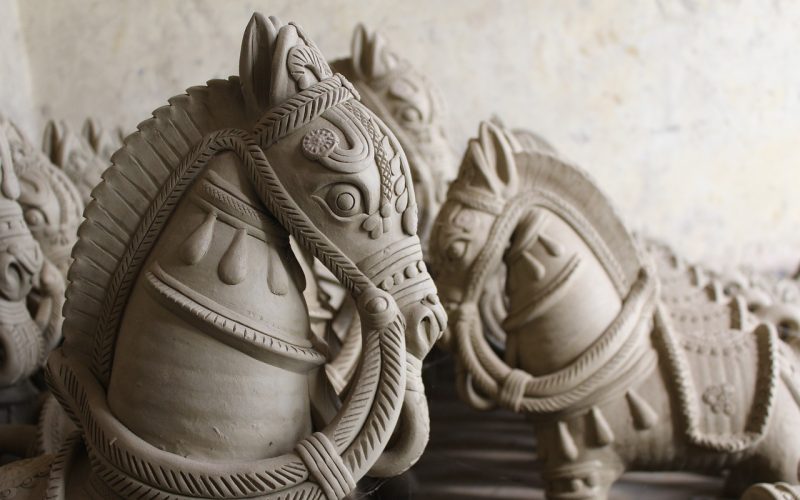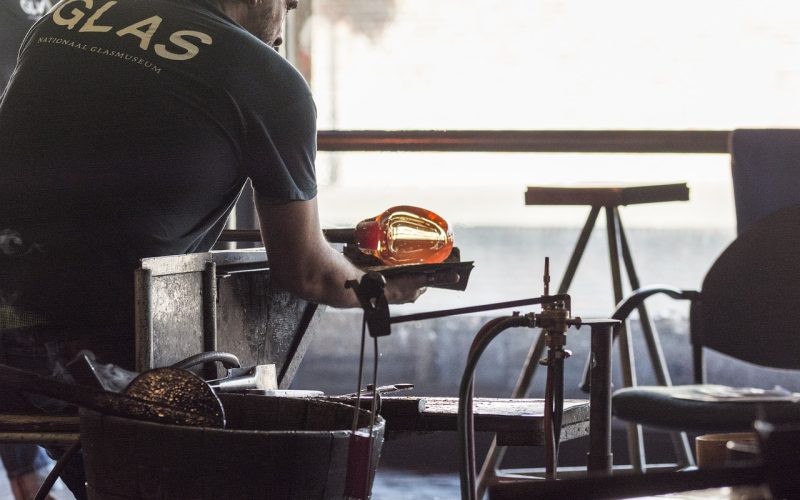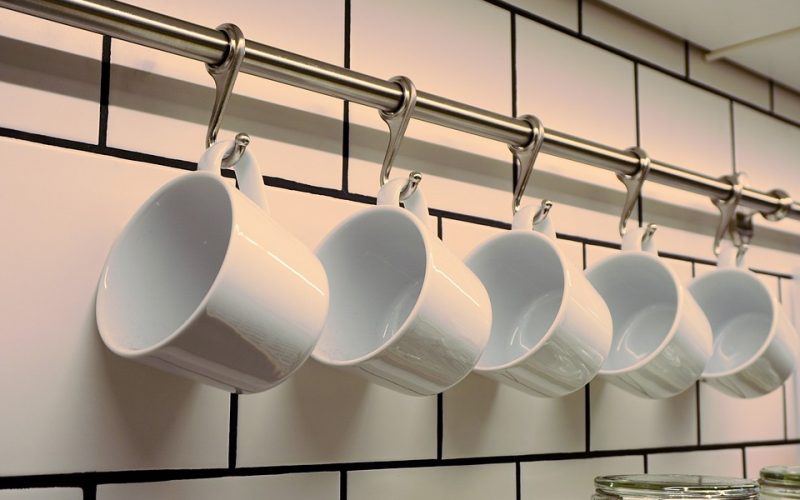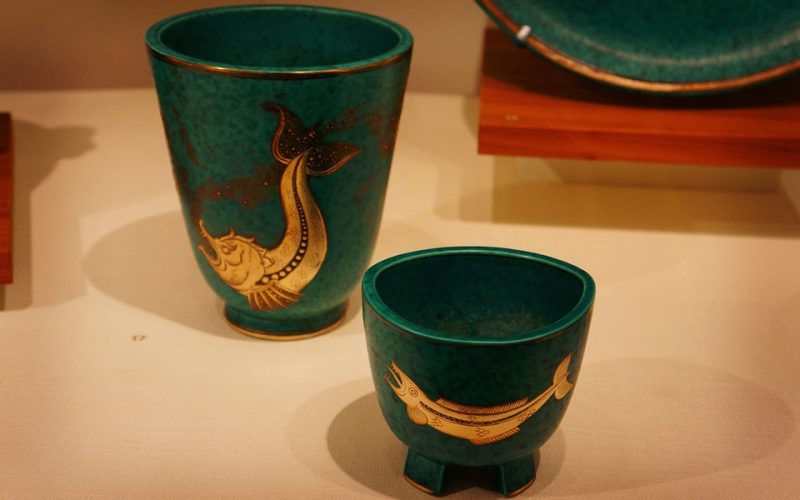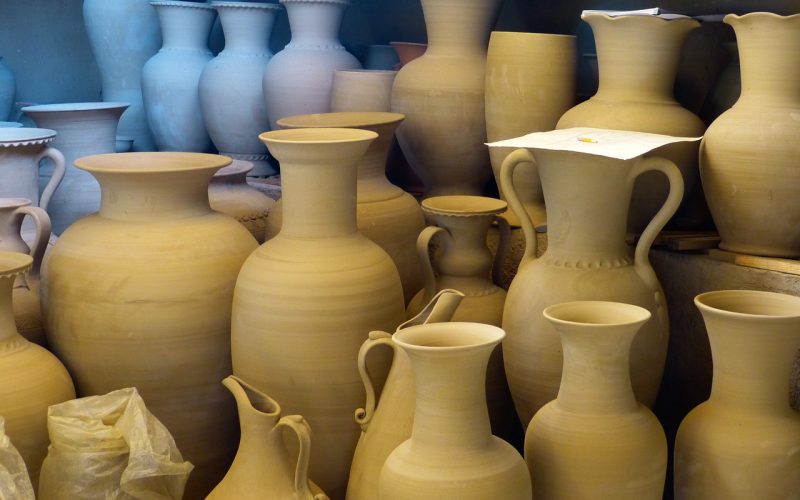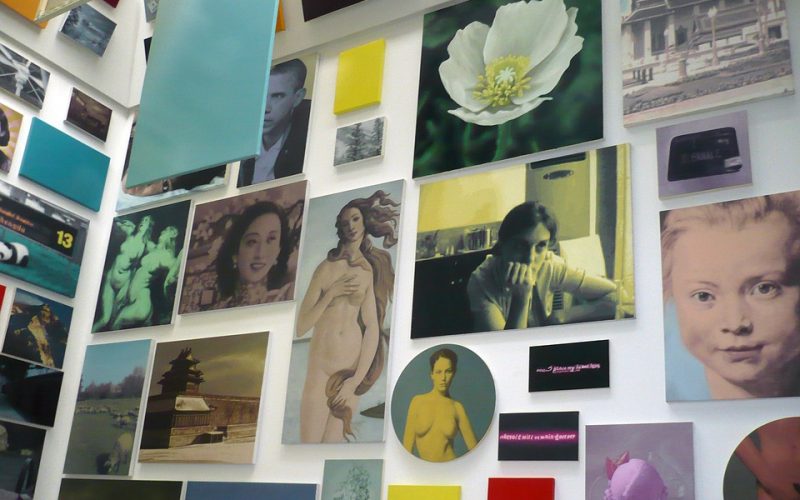In the world of pottery, the allure of handcrafted items is undeniable. However, mass-produced pottery has its own appeal, offering affordability and consistency in design. Understanding how these items are decorated reveals a fascinating intersection of art and manufacturing technology.
Understanding the basics of mass production
Mass production of pottery refers to the methodical creation of items using automated processes and machinery, designed to produce large quantities of uniform products. Unlike artisanal pottery, which is crafted individually, mass production relies on standardisation to ensure each piece is identical to the next. This involves using moulds or slip casting to shape the items before they move on to the decoration phase. The sheer volume of pottery produced in this manner requires innovative and efficient decorating techniques to maintain quality while meeting high demands.
Screen printing for efficiency and precision
One popular technique for decorating mass-produced pottery is screen printing. This process involves applying a pattern or image onto the pottery using a screen made of fine mesh. Ink is forced through the mesh onto the surface of the pottery, creating a precise and consistent design. Screen printing is ideal for large batches as it allows for quick replication of intricate patterns and designs. It is particularly effective for creating complex geometric patterns or detailed images that require a high level of precision.
Decals as a versatile decorating option
Decals are another widespread method for decorating mass-produced pottery. These are essentially designs printed onto special paper that can be transferred onto the pottery's surface. The decal is applied to the pottery, usually after glazing, and then fired in a kiln to fuse the design permanently onto the item. This method offers great versatility, allowing for the application of multi-coloured designs and photographic-quality images. Decals are especially useful for achieving detailed and intricate designs that would be challenging to replicate by hand across large quantities.
Hand painting for a personal touch
Despite being mass-produced, many pottery items still benefit from a hand-painted touch. This is often done to add character or uniqueness to a product line, even within a mass production context. Hand painting can be employed to highlight specific features or add small details that enhance the overall aesthetic. While it is more time-consuming than other methods, it allows manufacturers to offer a product that feels less mechanical and more artisanal. This approach is particularly favoured in premium lines of mass-produced pottery, where a human touch is seen as a value addition.
Using stencils for consistent decoration
Stencilling is another effective technique used in the decoration of mass-produced pottery. This involves placing a stencil onto the pottery item and applying paint or glaze over it. Once the stencil is removed, the design remains on the pottery. This process allows for consistency and precision, as the same stencil can be used repeatedly to create identical patterns across numerous items. Stencils are particularly useful for applying simple, bold designs and are often employed in tandem with other decoration methods to create layered effects.
Digital printing for modern designs
In recent years, digital printing has emerged as a cutting-edge method for decorating mass-produced pottery. This technology allows for high-resolution images and complex designs to be directly printed onto ceramic surfaces. Digital printing offers unparalleled flexibility in design and colour, making it possible to recreate almost any image or pattern with remarkable accuracy. This method is particularly advantageous for short production runs or custom orders, where traditional methods would be impractical or too costly.
Overall, decorating mass-produced pottery involves a blend of traditional techniques and modern technology. Each method offers its own advantages, allowing manufacturers to create beautiful, high-quality pottery items that are both accessible and aesthetically pleasing. Whether through screen printing, decals, hand painting, stencilling, or digital printing, the art of pottery decoration continues to evolve, catering to diverse tastes and preferences around the world.
